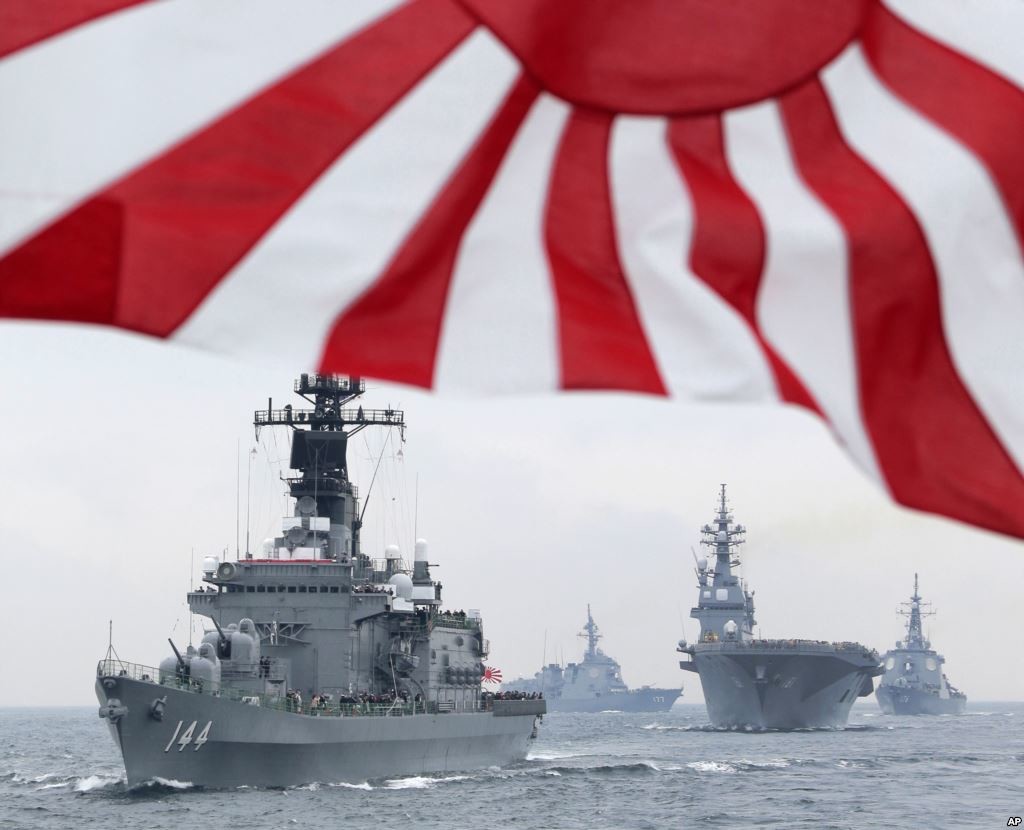A Good Defense In East Asia
J. Berkshire Miller looks at the impact of the new US-Japan defense guidelines.
[analysis] In the conclusion of his speech to a joint session of the U.S. Congress last week, Japanese Prime Minister Shinzo Abe spoke of an “alliance of hope” between the United States and Japan. His remarks came after the two countries announced newly revised bilateral defense guidelines (the last time they had been updated was in 1997). The new guidelines are meant to help the alliance cope with evolving geostrategic realities in East Asia, including China’s emergence and the persistent threat of North Korea’s missile and nuclear weapons programs.
The revisions include a number of measures that will retro-fit the alliance to better serve its main goal: the defense of Japan, including the Senkaku (Diaoyu) Islands. “Our treaty commitment to Japan’s security is absolute,” said Obama, and reiterated that “Article 5 (of the U.S.-Japan Security Treaty) covers all territories under Japan’s administration, including Senkaku Islands.” Obama’s pledge, which senior U.S. have repeated on several occasions, is meant to both reassure Tokyo that the United States is serious about its pledges to Japan and to deter Beijing from upping the stakes in the seas surrounding the islands.
Related posts:
Category: FOREIGN POLICY & SECURITY, POLITICS, REGIONS, SOUTH ASIA & ASIA PACIFIC





